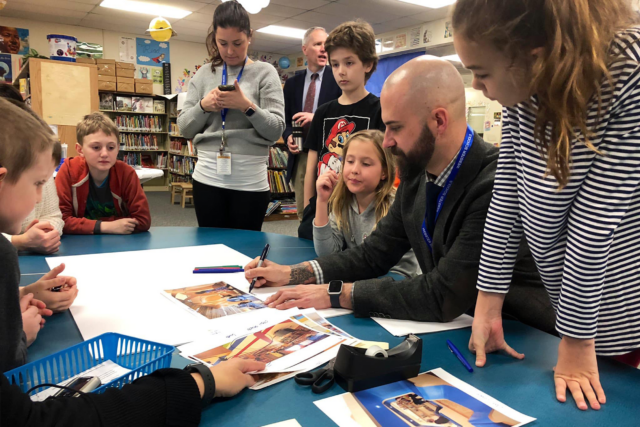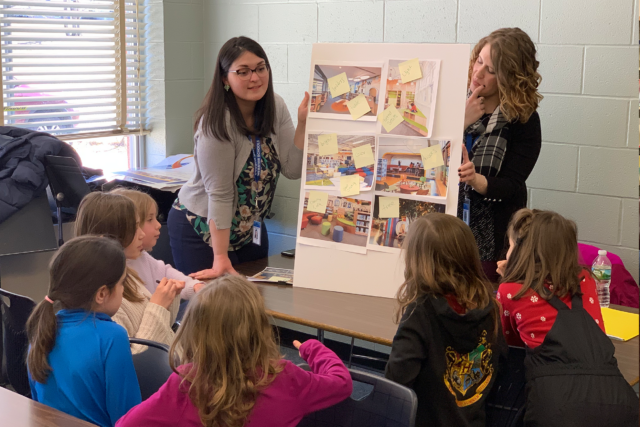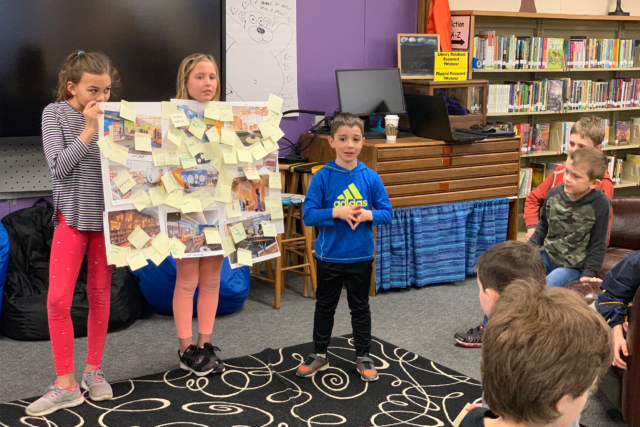Webster CSD Library Patrons Borrow Inspiration for New Spaces

As Webster prepares to renovate each of their school libraries, LaBella engaged each building’s occupants. Student participation provided a real-world learning opportunity - for the students and the designers.
As architects and engineers, our clients expect us to keep up with the latest trends and technology and offer them new ideas and fresh designs. It’s easy to design a stunning space or building with all the latest tech, especially as it becomes more affordable, but does the design also meet the needs of the client? Does the finished product function seamlessly with their day-to-day operations? Are they happy with how they feel in their new learning environment?
A collaborative design process with our clients is essential to answering these questions. Typically, we engage district administrators and school staff to find out what their criteria and expectations are, but these groups alone miss a major constituent group: students. Undeniably, they have a large stake in what their learning environment is like.
As part of Webster School District’s latest round of capital improvements, LaBella has been tasked with completely renovating each library in the district. With the help of the school librarians and principals, we held a series of Project Visualization Workshops targeted at one question: “What do you want your library to be like?” The goal was to have students develop vision boards for their own library, thus creating a visual tool we could use to guide the direction of our design.
Students at Thomas Middle School and Schroeder High School came to our office, while we held more guided sessions for younger students at their elementary school. Each session was broken up into smaller groups of six to eight students who were shown a series of inspirational images depicting various libraries and public spaces. Students were asked to either like or dislike each image and briefly explain what they were reacting to in the photo.
The next step was to tape the photos they liked onto a piece of foam core which would become their vision board. From there, students were asked to write down adjectives and other phrases on post-it notes that described what they liked about each image they chose. Responses included words like “colorful”, “open”, “nature” and “flexible”. The last step was to put their notes on the board near the image it pertained to and then present their boards to the rest of the participants.
Once the workshop was complete, our task was then to study each board, identify common images and phrases, and create one final visualization board for each school. These boards were then shared back with each school and will serve as a road map, guiding our design process.
Besides the project input, these workshops also had a secondary benefit: community engagement. Instead of meeting behind closed doors with administration, LaBella was able to engage with each school population on a more personal level. The Webster CSD administration are major proponents of promoting their own students and having them be active participants in their community. Spending this time upfront will help build enthusiasm for the new space and the changes it will bring.

